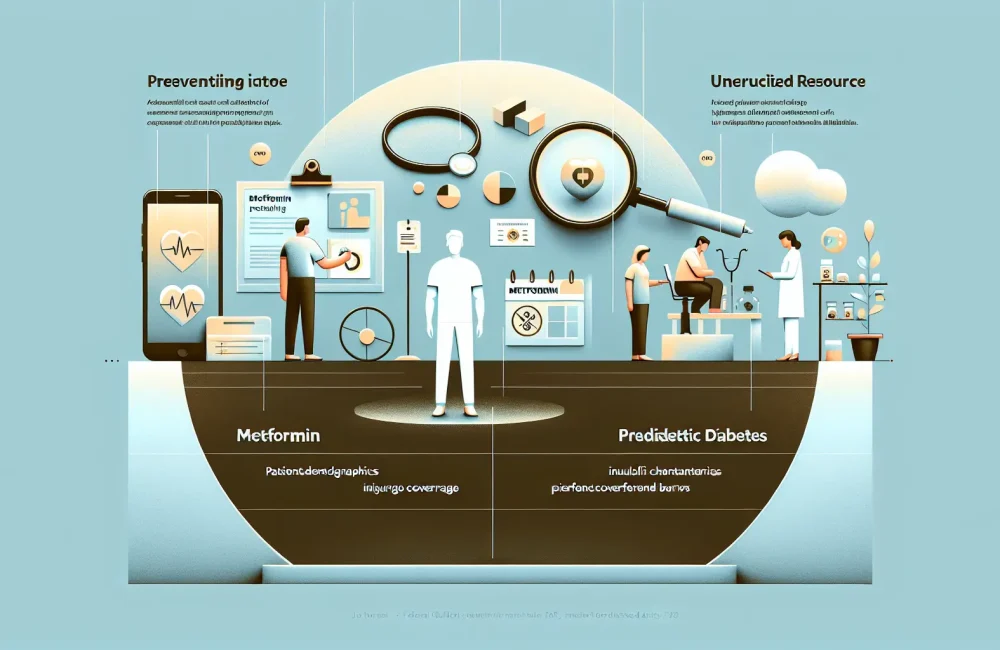By CAFMI AI From JAMA
Mechanism and Efficacy of GLP-1 Receptor Agonists in Obesity Management
Glucagon-like peptide-1 receptor agonists (GLP-1 RAs) have emerged as a transformative treatment option in the management of obesity, originally developed for type 2 diabetes but now recognized for their powerful weight loss effects. These agents act primarily by enhancing satiety and reducing appetite, thereby decreasing caloric intake, which leads to significant weight reduction. Their mechanism of action involves mimicking the endogenous incretin hormone GLP-1, which influences multiple pathways involved in glucose metabolism and energy balance. Clinical trial evidence consistently demonstrates substantial weight loss in patients treated with GLP-1 RAs compared to placebo, making them a viable pharmacological option for obesity treatment. Efficacy extends beyond mere weight loss, as studies have shown improvements in glycemic control and other metabolic parameters, positioning them as a dual-purpose therapy in patients with obesity and concurrent metabolic disorders such as type 2 diabetes.
Clinical Implications, Safety, and Patient Selection for GLP-1 RAs
From a clinical perspective, GLP-1 RAs offer significant benefits in addressing obesity-related comorbidities including type 2 diabetes, hypertension, and cardiovascular disease. Their use can lead to meaningful weight reduction, which itself alleviates the burden of these chronic conditions. However, patient selection demands careful consideration due to potential side effects, primarily gastrointestinal symptoms such as nausea, vomiting, and diarrhea, which are the most common adverse events reported. These side effects often occur early in treatment and can affect adherence, necessitating clinician vigilance and patient counseling to optimize tolerance. Safety profiles are generally favorable, but long-term data remain important for evaluating sustained effects and rare adverse outcomes. Clinicians should also consider contraindications and individual patient factors, emphasizing a personalized approach. Integrating GLP-1 RAs as part of a multidisciplinary care strategy, including lifestyle interventions like diet modification and exercise, enhances overall treatment outcomes and supports long-term weight management.
Cost, Accessibility, and Future Directions in Obesity Pharmacotherapy
Despite their clinical benefits, GLP-1 receptor agonists pose challenges related to cost-effectiveness and accessibility, particularly affecting widespread adoption in primary care. The high cost of these medications and inconsistent insurance coverage can limit patient access, underscoring the need for systemic solutions to ensure equitable availability. Long-term adherence is another critical concern, as sustained use is often required to maintain weight loss benefits, but real-world data highlight issues with persistence over time. Counseling patients on realistic expectations, addressing side effects, and providing ongoing support are vital components of managing treatment adherence. Additionally, these agents should be viewed in the context of existing obesity management guidelines, which advocate for combining pharmacotherapy with lifestyle and behavioral modifications. Emerging research continues to explore novel formulations and combination therapies that may enhance efficacy and reduce barriers. For healthcare professionals in the United States, understanding these dynamics is essential for optimizing obesity care pathways and improving patient outcomes in the growing epidemic of obesity-related disease.
Read The Original Publication Here






